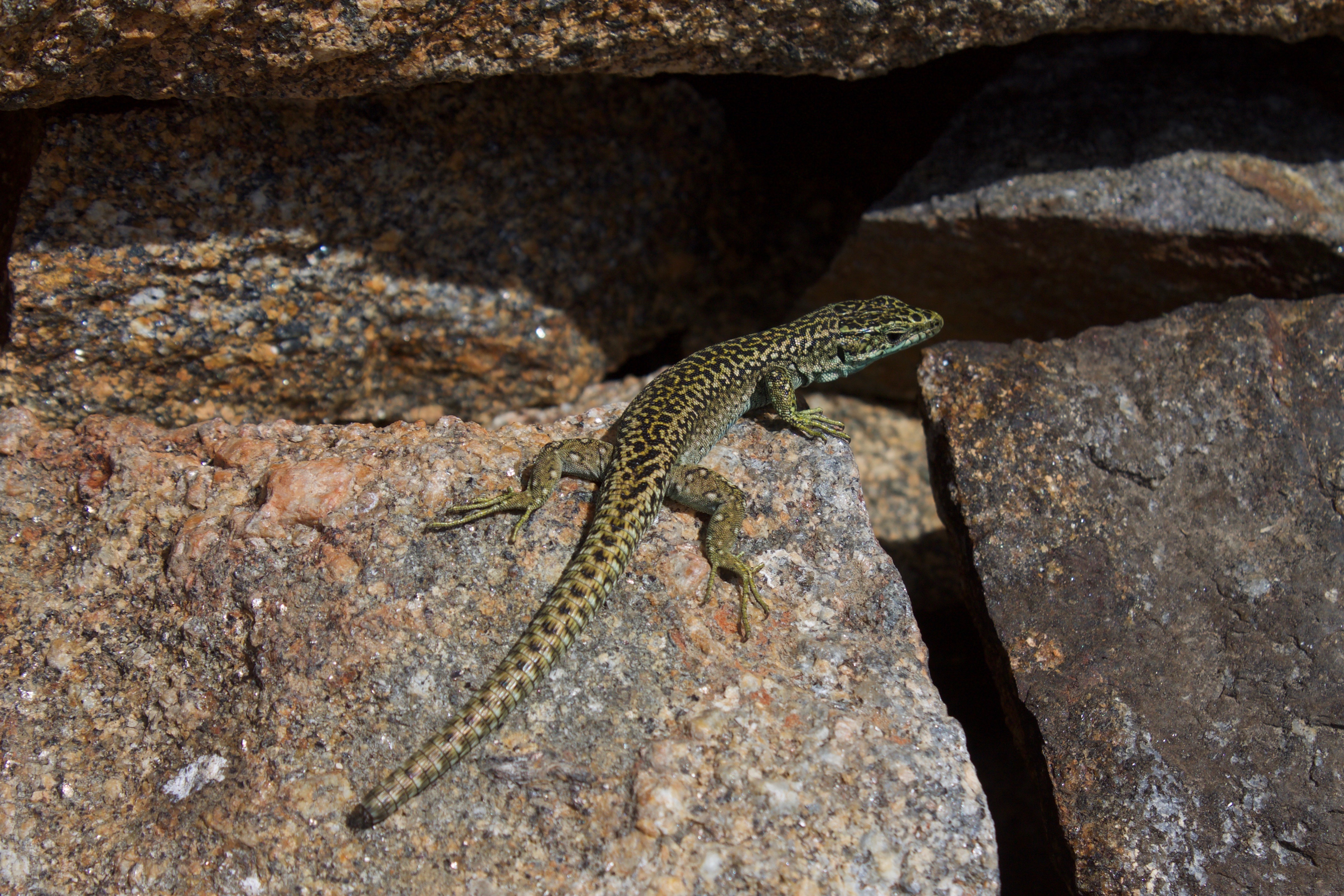|
Iberolacerta
''Iberolacerta'' is a genus of lizards in the family Lacertidae. The genus contains at least eight described species, which are mainly found in Spain and France. ''Iberolacerta horvathi'' (Horvath's rock lizard) has a wider geographic range, being distributed in Central Europe. Distribution The species of ''Iberolacerta'' are distinct and mainly found in the western Europe mountain ranges.13. Arnold, E. N., O. Arribas, and S. Carranza (March 2007). “Systematics of the Palaearctic and Oriental lizard tribe Lacertini (Squamata: Lacertidae: Lacertinae), with descriptions of eight new genera”. ''Zootaxa'' 1430: 44-66. (paperback). ''Iberolacerta'' species found in Germany could have possibly been caused by human introduction, and are thus controversial. For example, ''I. horvathi'' had been encountered in southern Germany, but has not been encountered thereafter. Morphological features This group of lizards contains certain features in common, including: a depressed head and b ... [...More Info...] [...Related Items...] OR: [Wikipedia] [Google] [Baidu] |
Iberolacerta Cyreni
''Iberolacerta cyreni'', commonly known as the Cyren's rock lizard, is a species of lizard in the family Lacertidae. The species is endemic to central Spain and is currently listed as endangered by the IUCN due to global warming. ''I. cyreni'' has evolved to exhibit key behavioral characteristics, namely individual recognition, in which a lizard is able to identify another organism of the same species, as well as thermoregulation. Etymology The genus name, "''Iberolacerta''," signifies how these lizards are native to Spain, which is located on the Iberian peninsula. The specific name, "''cyreni''," is in honor of Swedish herpetologist Carl August Otto Cyrén. Description ''Iberolacerta cyreni'', or the rock lizard, can measure up to 8 cm (3.1 in) snout-to-vent and 24 cm (9.4 in) including the tail. ''I. cyreni'' are most likely species where males compete over females; in such cases, bigger lizards demonstrate greater reproductive success, thus resulting ... [...More Info...] [...Related Items...] OR: [Wikipedia] [Google] [Baidu] |
